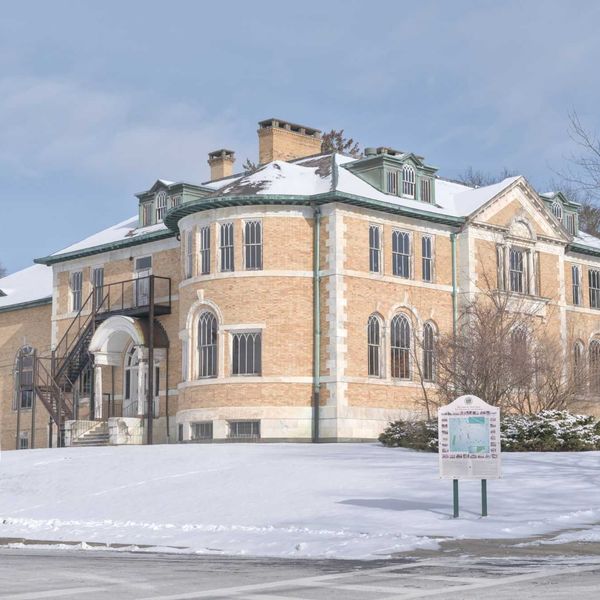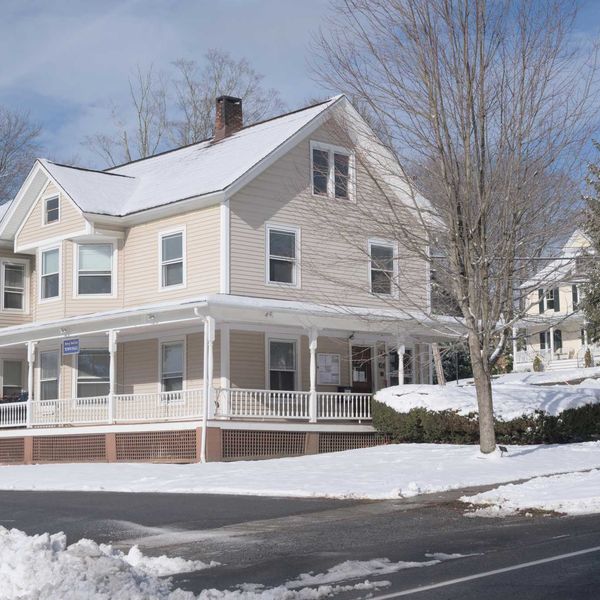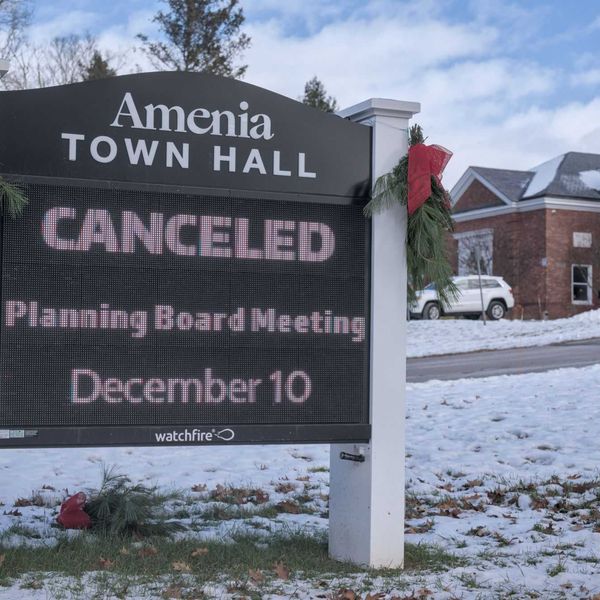A history lesson with Millerton community’s Edward Downey
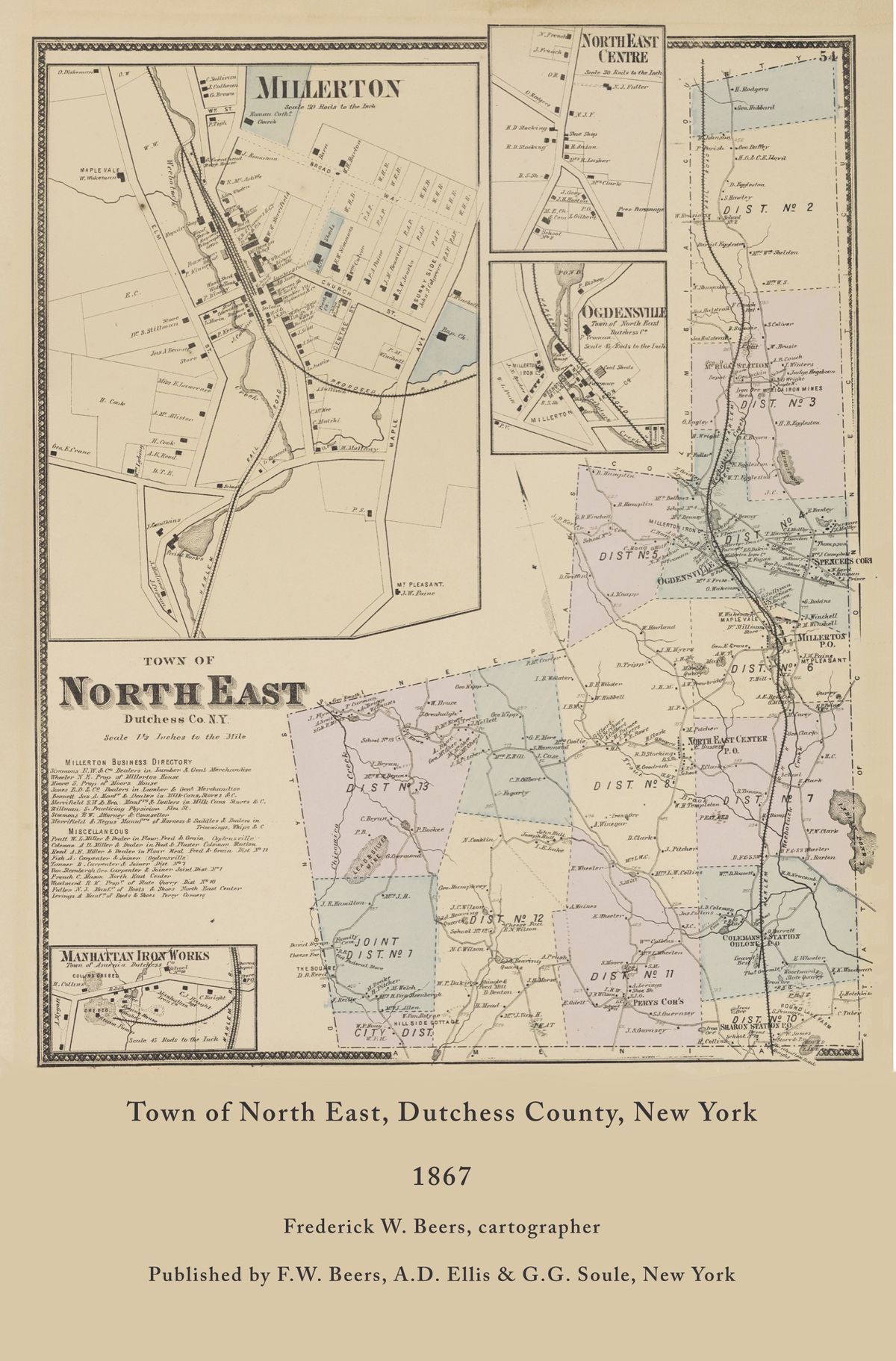
An 1867 map of the town of North East. The boundaries of North East changed drastically in 1823 after Pine Plains left to form its own town.
Courtesy North East Historical Society
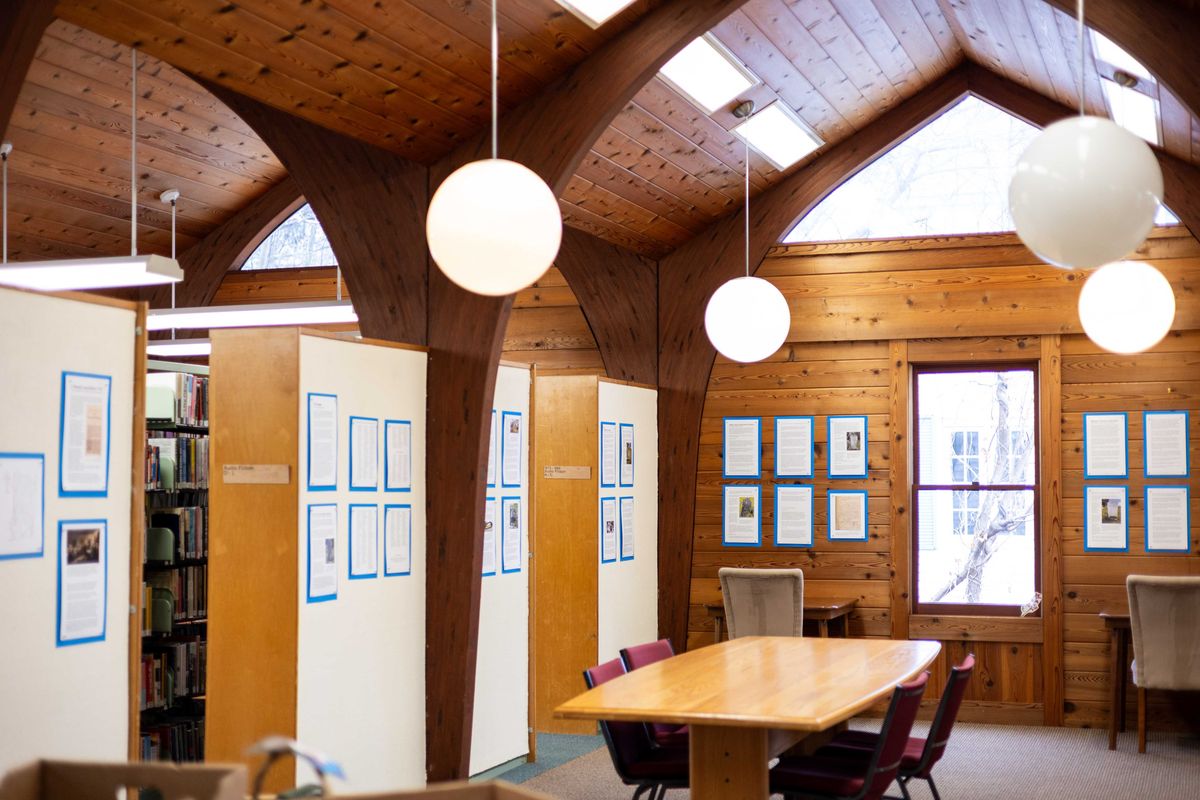
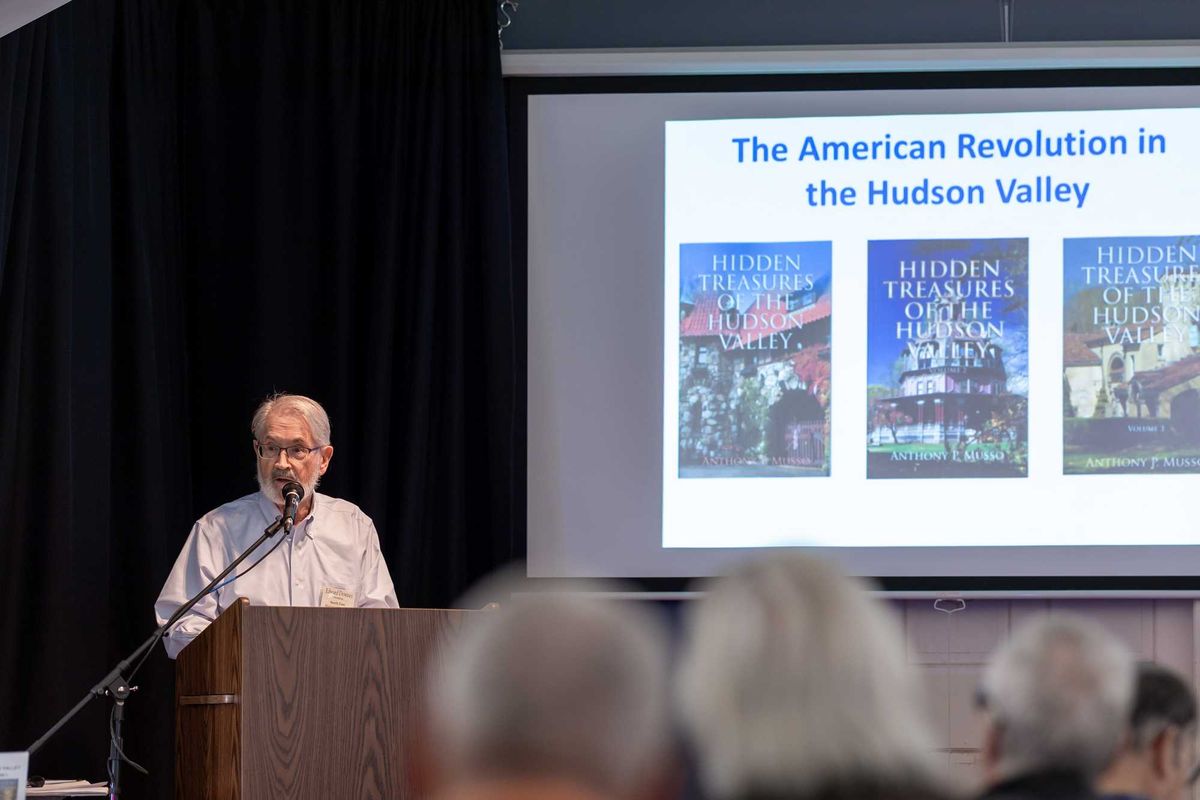
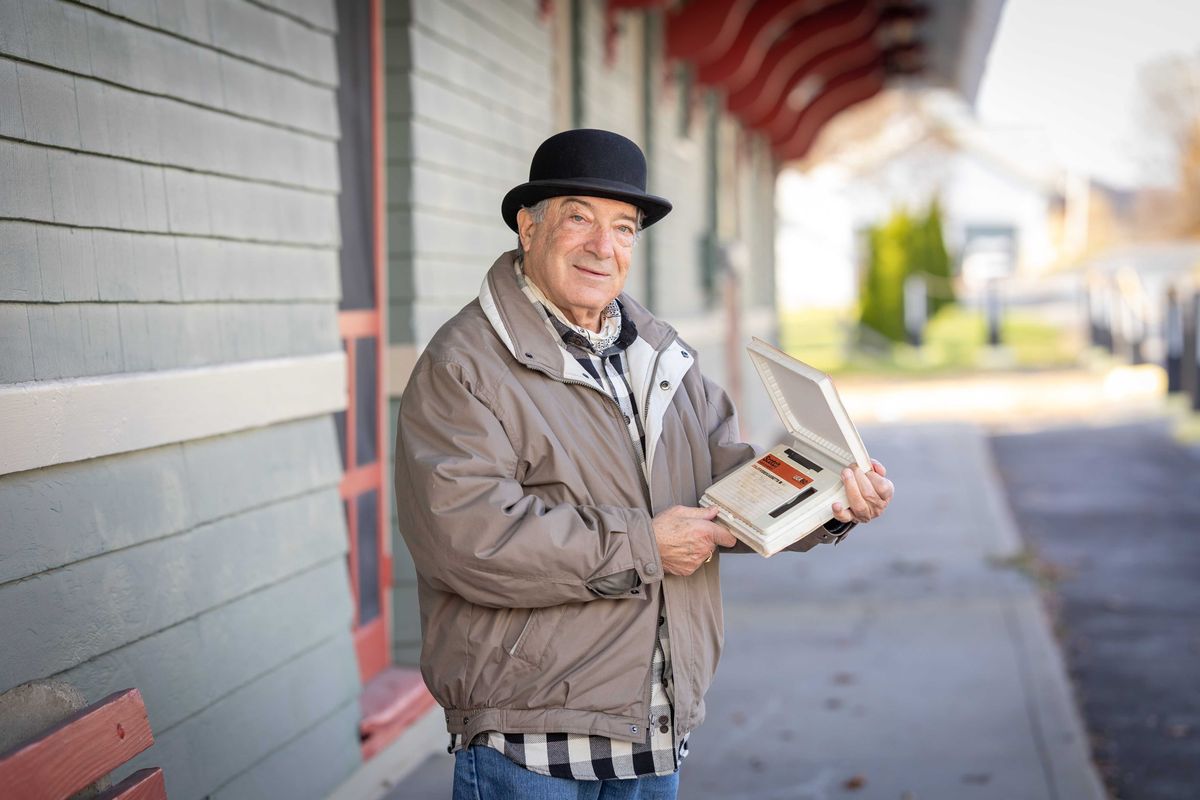
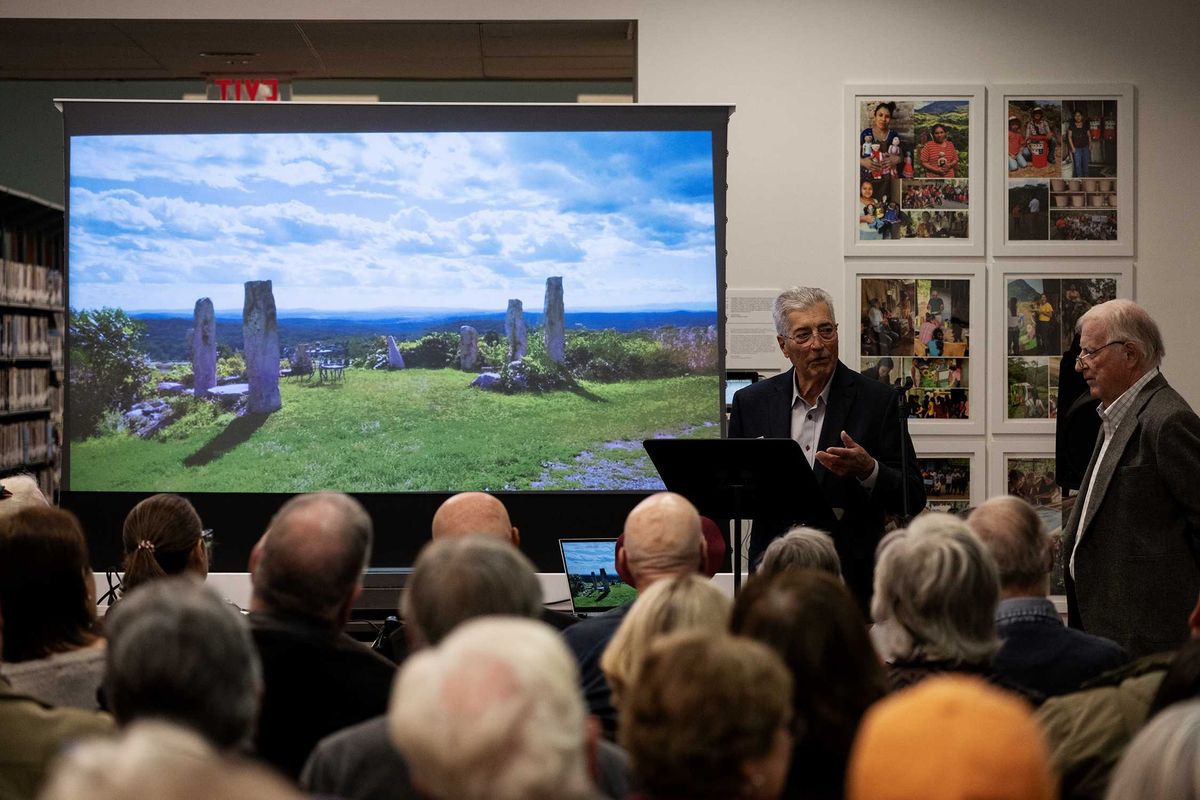
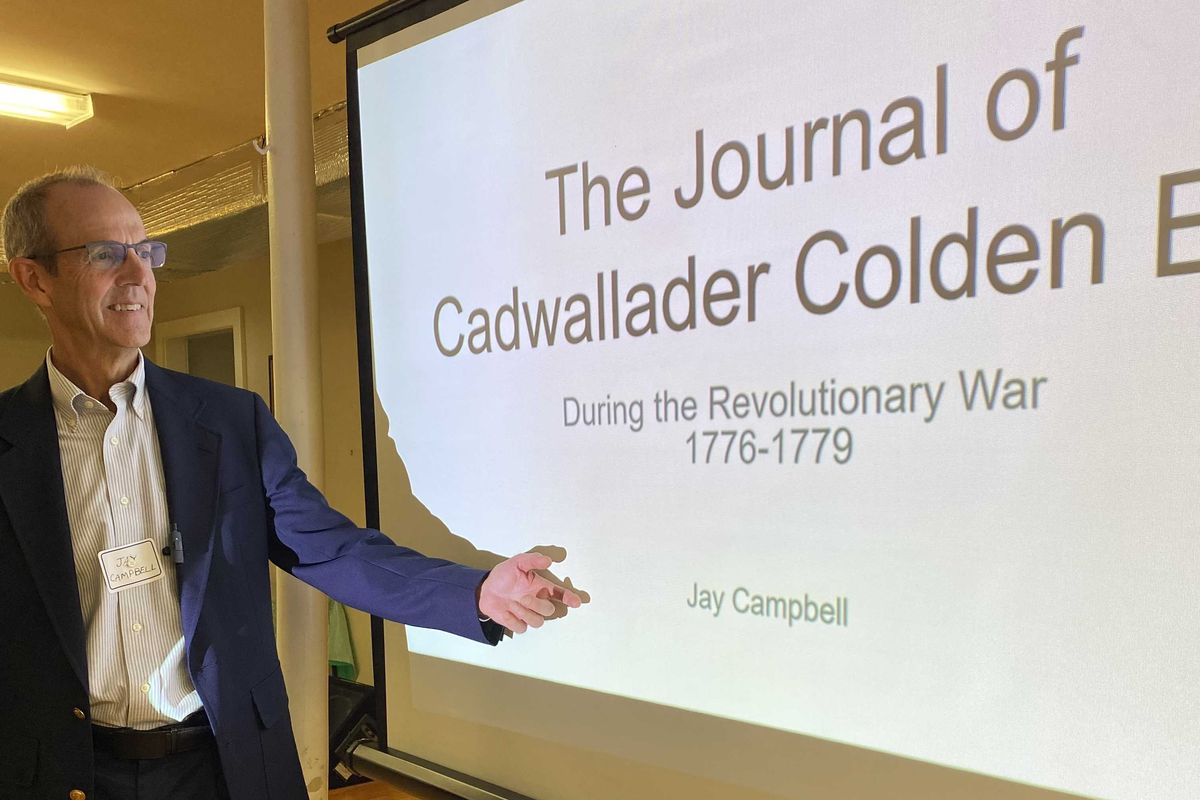
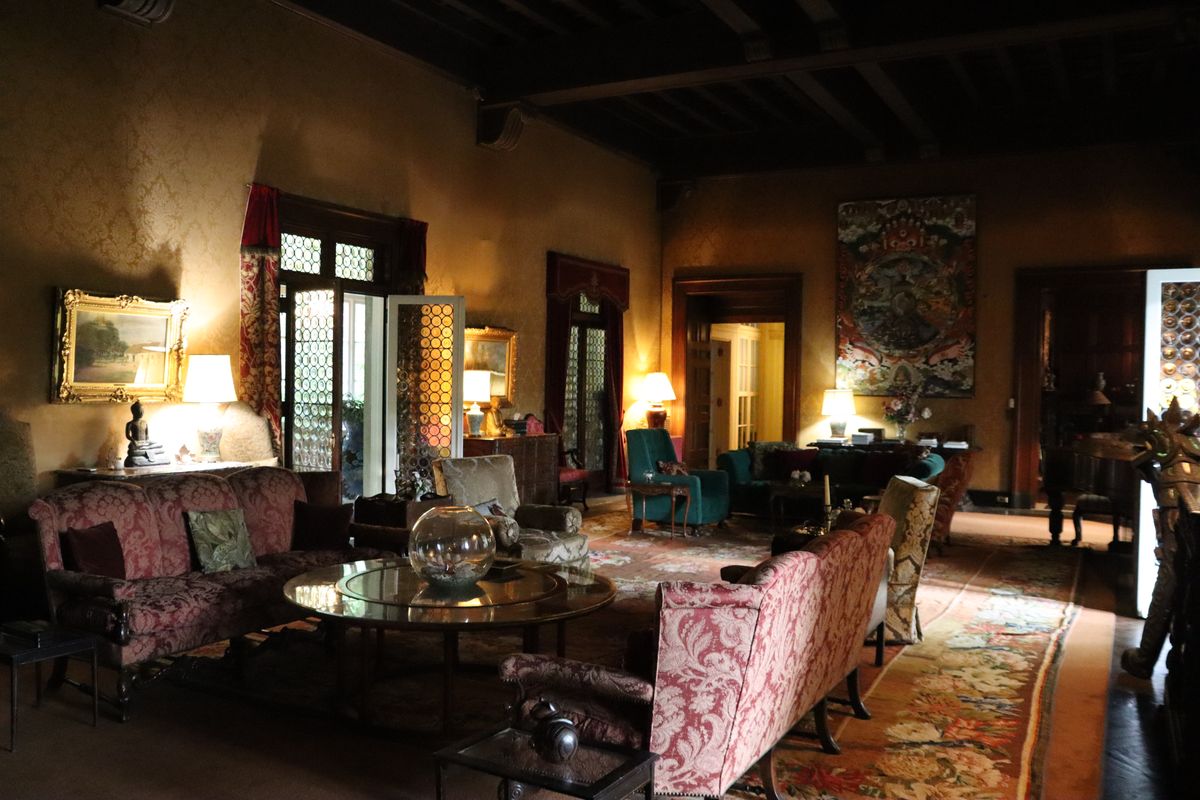

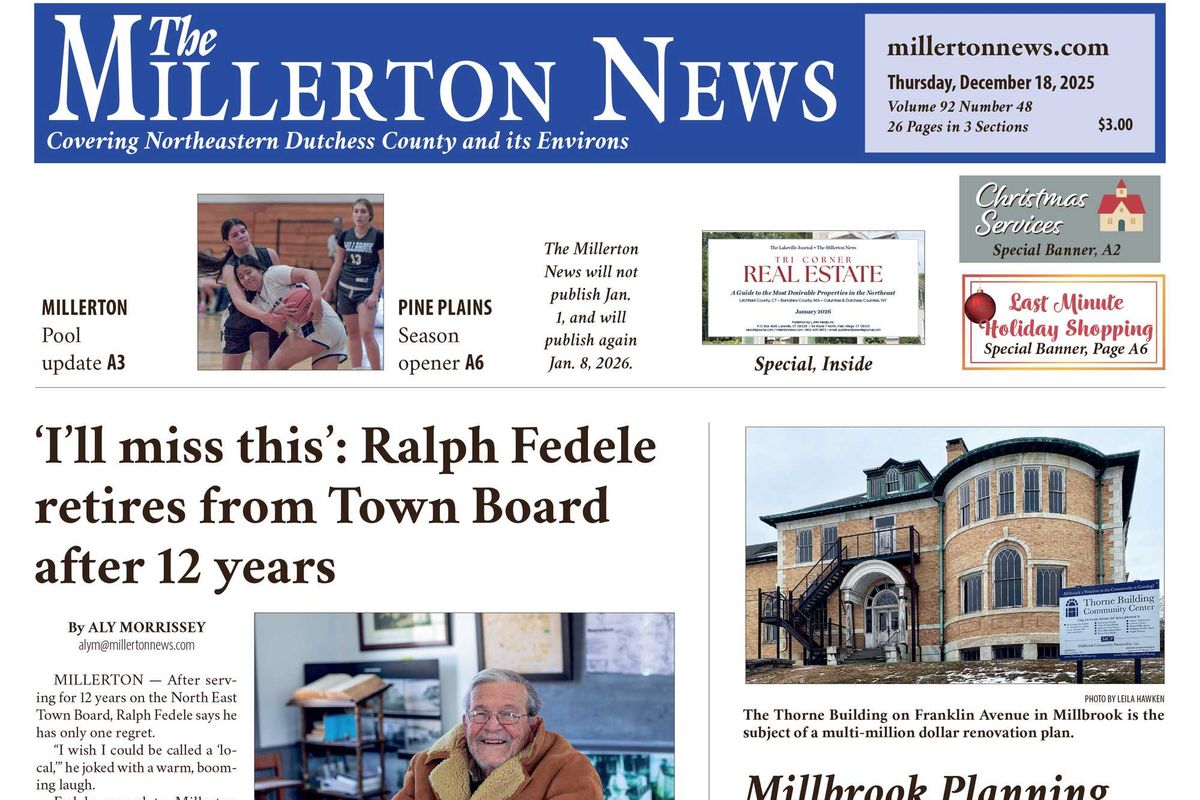
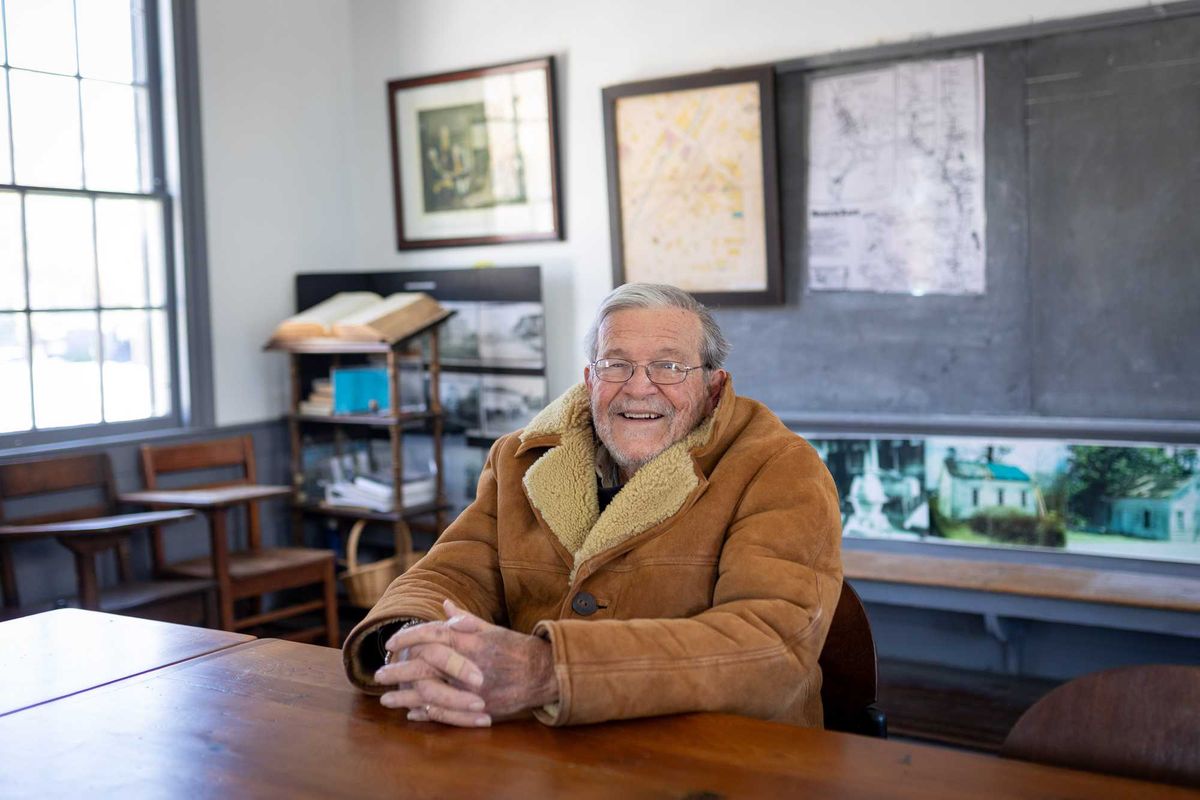
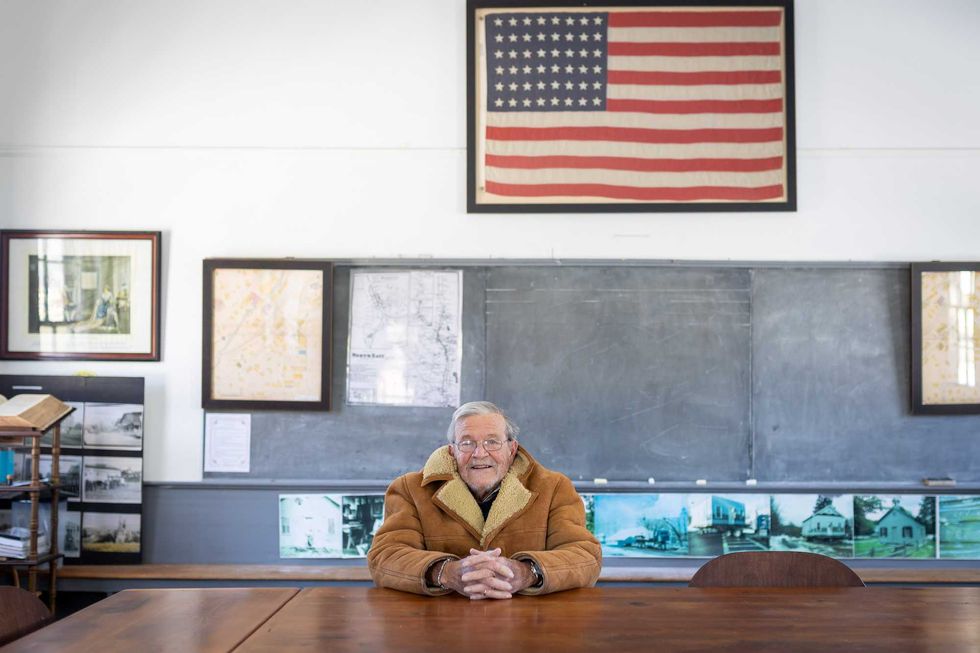 Ralph Fedele sits at a table in the historic Irondale Schoolhouse in downtown Millerton. Fedele led the effort to renovate and relocate the schoolhouse to the center of the village.Photo by Aly Morrissey
Ralph Fedele sits at a table in the historic Irondale Schoolhouse in downtown Millerton. Fedele led the effort to renovate and relocate the schoolhouse to the center of the village.Photo by Aly Morrissey


